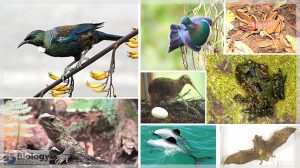Definition
noun
An agglutination reaction of inert particles coated with soluble antigen through an antiserum specific for the adsorbed antigen
Supplement
Agglutination basically pertains to the clumping of particles as it comes from the Latin word agglutinare, which means to glue. It occurs when an antigen is mixed with a corresponding antibody, isoagglutinin. This is the underlying principle in certain biological methods such as the identification of specific bacterial antigen and the identity of the bacteria as well.
Agglutination may be passive or active. In active agglutination, the complex formed from the reaction of antigen with the antibody is a large particulate whereas in passive agglutination, the resulting agglutination reaction would be observable only when the antigen is first attached to cetain particles, like latex beeds.
An example of the demonstration of passive agglutination is the agglutination reaction where a soluble antigen, for example gonadotropin is linked to inert particles, for example latex beads or tanned erythrocytes. Many antigens are able to couple with rbc and form stable reagents for antibody detection, e.g. antigens of E.coli, Yersinia, lipopolysaccharide of N. meningitides, toxoplasma, and so on.1
Compare:
Synonym(s):
See also:
- biological technique
- agglutination reaction
- antigen
- antiserum
- adsorption
- Latex agglutination test
- Histoplasmin-latex test
Related term(s):
Reference(s):
1 Rao, C. Vaman. An introduction to immunology. Boca Raton: CRC Press; 2002.







